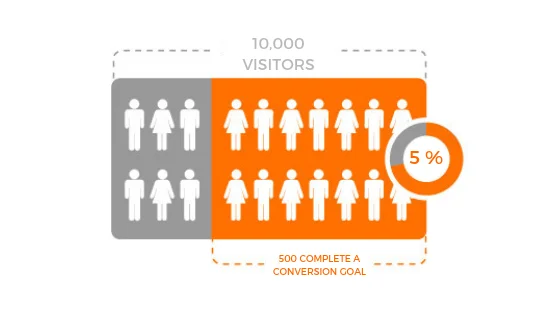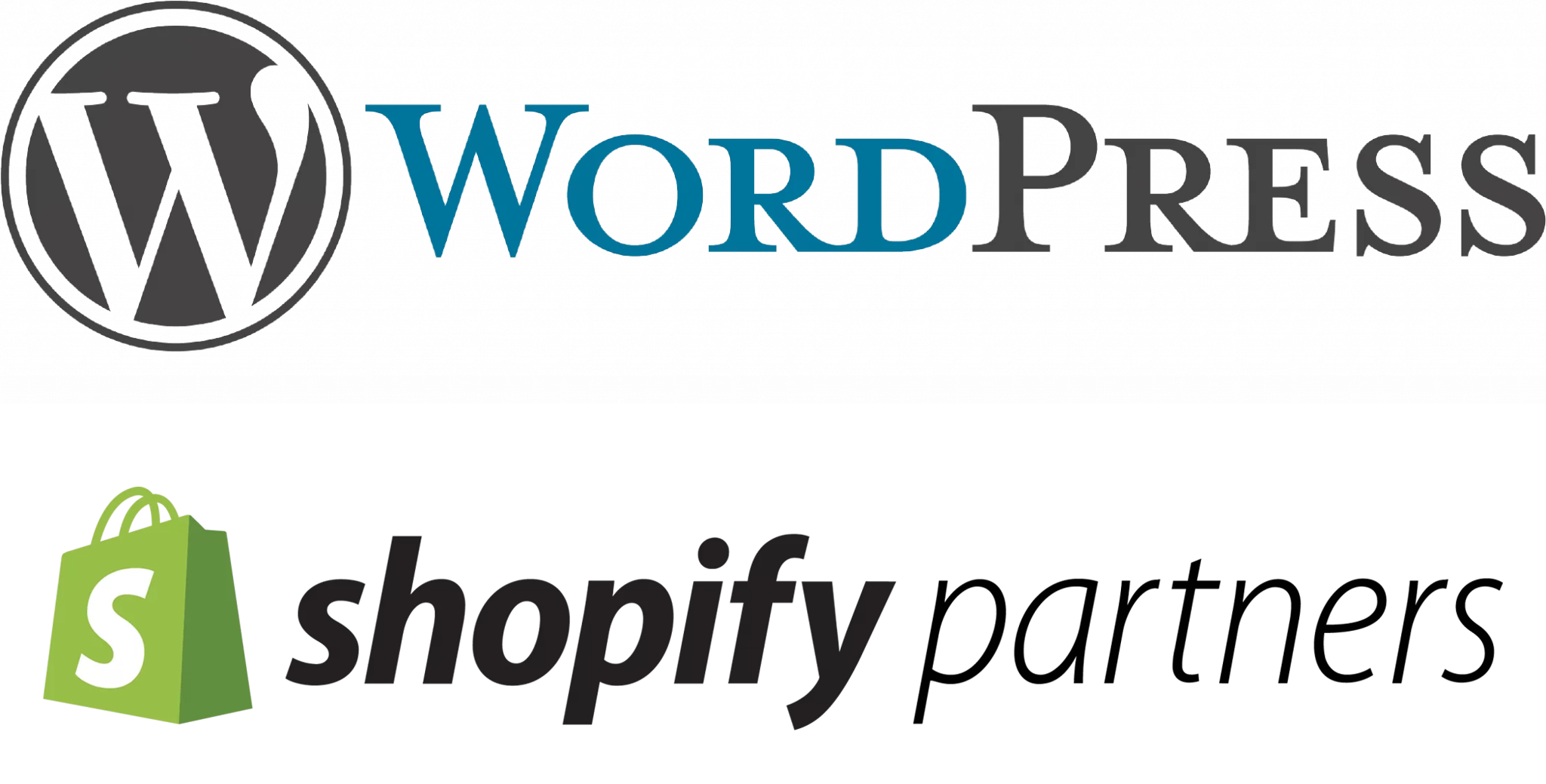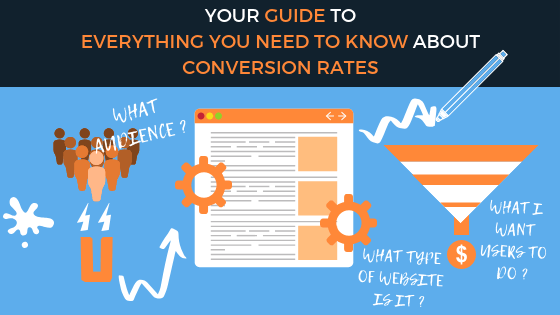
By Kelvin Sim
What is a conversion?
A conversion is the general term for when a visitor completes a desired action on your website. It could be signing up for a newsletter, downloading a document, sharing or engaging with a specific landing page, filling out an enquiry form or purchasing a product.
However, keep in mind that a conversion for one website may or may not be a conversion for another website as conversions are unique to each website. For example, a conversion for an online clothing store may be a purchase, while a conversion for a media website could be a view for a video.

Defining a conversion for your website means you need to define goals for your website. As there are no set rules when it comes to website conversion, the goals you set for your website is completely up to you. In setting these goals you will have to consider what you want your website to do for your business.
Just as website conversions come in different forms, so do the goals associated with it. While your website will likely have at least one primary goal, there is another type of goal to consider.
Types of goals
There are 2 types of goals to consider for your website – conversion goals and aggregate goals.
- Conversion goals are the desired actions you want your website to produce. As previously mention they are known as your website’s primary goal. These goals should reflect your overall business goals and may include a product being purchased online create a sale for your business.
- Aggregate goals are average values for specific criteria on your website that can provide valuable insight. These goals can include the average time on your website or the number of views a web page receives. The information produced by these goals can lead you to alter specific web page elements that will allow you to increase conversion goals.
The goals you choose will depend on the type of business you have. This should not only include the conversion goals that reflect your business goal but also aggregate goals. Setting aggregate goals will allow you to review your website’s performance and make any tweaks necessary that will ultimately increase your it’s conversion rates.
What is a conversion rate?
A conversion rate is an online marketing key performance indicator. It is the ratio of visitors who take the desired action on the website to the total number of visitors.
For example, if your website had 10,000 monthly visitors and out of that 10,000 visitors 500 complete a conversion goal then the conversion rate of your website will be 500/10,000 = 5%.
A high conversion rate is indicative of successful website. Therefore, to determine a good conversion rate for your website is one that is higher than what you had before and this will depend on what conversions are important to you.
Why are conversion rates important for your business?
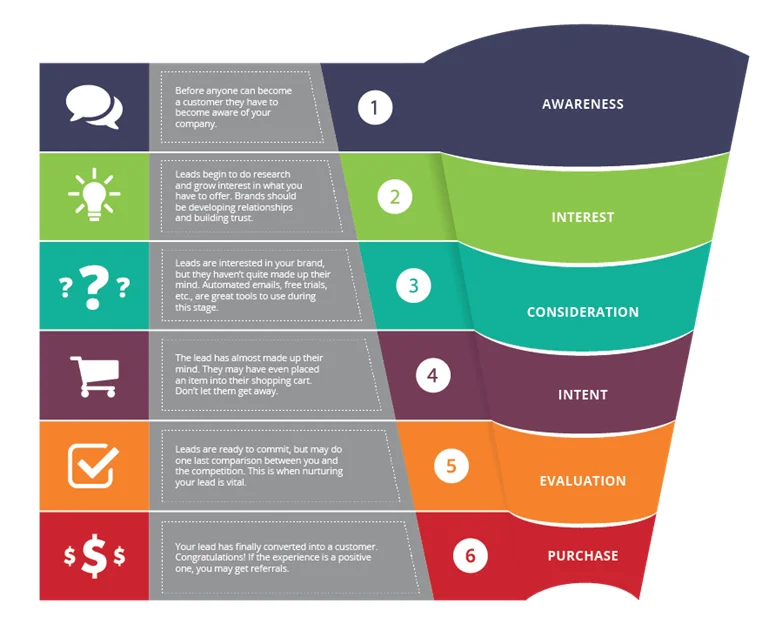
Conversion rates play an imperative role in the growth of any business. Now, a conversion doesn’t always indicate a sale, but it can indicate that a user has performed a desired action on the website that reflects the movement of the user towards the end of the customer acquisition funnel. With that being said, conversion rates alone don’t provide you a conclusive indicator that your website is successful. And here’s why.
Conversion rates don’t measure time spent, pages per visit or user engagement. These 3 behaviours contribute to brand affinity, increase brand sentiment and could lead to conversion down the track.
Therefore, you must pair conversion rates with a multitude of other metrics that is relevant to your business. It is important to note that conversion rates may not have a linear correlation with revenue or profit and this may not indicate that your business is doing financially well.
Take the following scenarios as an example. You operate an Ecommerce store where you only sell socks. Your website receives 5,000 visitors, and out of that 5,000, 750 purchased a pair of socks at $10 a pair. Your conversion rates for socks will be 750/5,000 = 15% and you would have generated 750×10 = $7,500.
Then, consider a second scenario where you offered 3 different products on your online clothing store – shirts at $50, hats at $20 and socks at $10.
Therefore, if you sold 750 hats, then you would have generated $15,000. For shirts, you would generate $37,500 in sales 750 were sold.
So the number of transaction conversion rate was the same, but the end sale result i.e. the revenue was different.
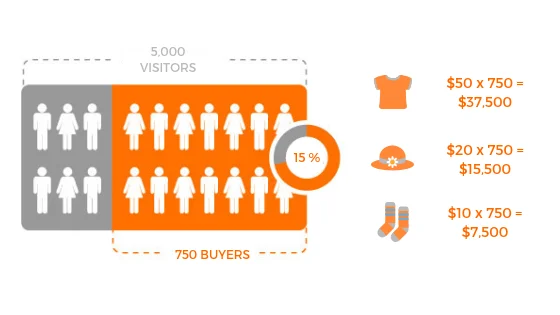
This is one of numerous relevant metrics you would have to consider depending on the type of business you have and the type of goals you would like to consider on your website.
Conclusion
Website conversion rates are a metric that needs to be monitor regularly to determine whether your business is performing well online. They are not all the matters, as there is a plethora of other metrics to consider and this will be determined by your business model. However, driving conversions rates is generally a key indicator of your business performance and should always be considered when measuring business growth.

